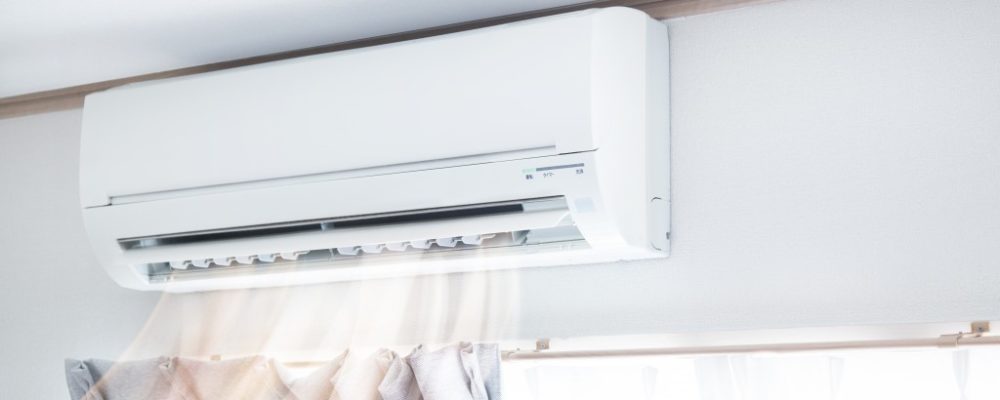The first modern air-conditioner can be traced back to 1902 as one of Willis Carrier’s greatest legacy. The term “air conditioning” was, however, attributed to Stuart Cramer — an engineer who coined the term in 1906.
Long before air-conditioning systems had been considered essential equipment at home, they had been regarded as a mere luxury in the office setting — providing comfort to employees which would, in turn, boost their productivity.
In fact, most companies in the 1950s have credited air-conditioning systems as an important factor in ensuring office efficiency. Nowadays, air-conditioning systems are deemed to be requisites of comfort in summer in the same way that heaters are regarded as absolute necessities during the winter season.
Why Quality Design and Manufacturing Matters
Generally, there are six different types of air-conditioning systems: ductless or split-type, central, window, portable, hybrid and geothermal. Each type of air-conditioning system has its own mechanisms for working. The main principle behind the mechanisms of these types, however, are mostly the same.
Most air-conditioners are composed of four basic parts: evaporator, condenser, expansion valve, and compressor. Depending on the type of air-conditioning system, some ancillary and main items such as a boiler air separator, buffer tanks, and expansion vessels may also be included.
Here are the reasons quality design and manufacturing matters when it comes to air conditioning units:
- A difference in location. Smaller rooms and areas naturally require more basic air-conditioning units. Adding this factor to the base room temperature and pressure, location plays an important role in identifying what type of unit needs to be utilised.
With quality design and manufacturing, units are most likely to adapt to the user’s location. Durability, particularly in days when searing heat is undeniable, cannot be taken for granted. - A difference in purpose. The compressor, being a large electric pump, which pressurises gas, have to work perfectly with the other parts of the air conditioning system in order to provide the best results.
Quality design and manufacturing means the compressor is perfectly suited with the rest of the components of the air-conditioning system such as sensors, valves, and timers. It is noteworthy that not every air-conditioning system has timers or sensors. - Thus, the purpose of such mechanisms had to be taken into great consideration during the building phase of each unit. For heavy-purpose mechanical air-conditioning systems, filtration equipment and expansion vessels had to be chosen carefully.
In this case, choosing a manufacturer that focuses on quality design and manufacturing is necessary.
Finding the Right Supplier in Australia and New Zealand

Finding the right company to provide services of equipment in the mechanical air-conditioning market doesn’t have to be wearisome. Some providers already have the design, servicing, and manufacturing of air-conditioning valves and buffer tanks under one big roof.
In finding the right supplier, it is essential first to evaluate one’s needs such as location and purpose in order to narrow down the type of services needed. Whether industrial or residential, providers of high-calibre equipment are in demand all over the continent.

